The journey through motherhood is an exciting, busy and exhausting one. In order to restore and reform yourself and your body following the birth of your baby, there are some very simple things you can do very early. But most importantly, be kind to yourself and enjoy the journey.
To aid in the restoration of the abdominal muscles, abdominal support in the form of an abdominal binder is recommended to be worn for 6-8 weeks following the birth of your baby. This will be especially helpful if abdominal separation is greater than 3-4 finger-widths (or 50mm).
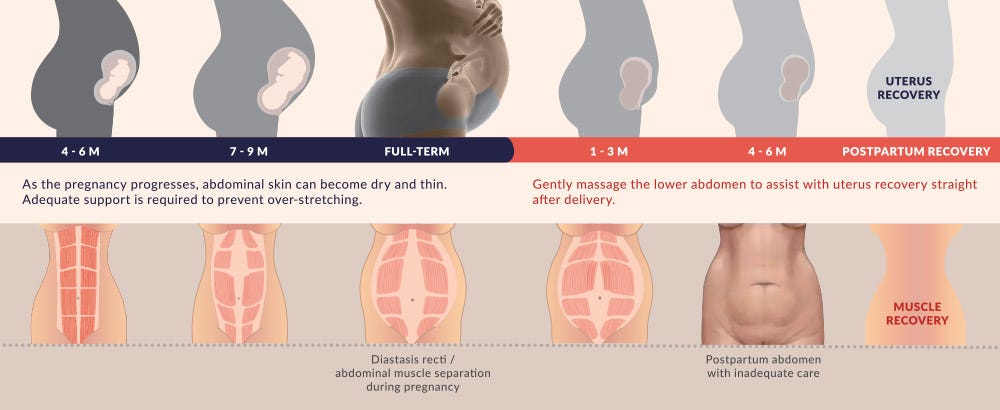

Postpartum Recovery Tools
Many women are concerned that wearing a binder will make their muscles lazy. On the contrary, it provides a support mechanism or brace like action, for the trunk and abdominal area especially when active during the day, lifting, bending and carrying. It also instigates an awareness of appropriate posture and the need to activate the abdominal and pelvic floor muscles during activity. Make sure the binder is comfortable to wear for long periods of time and in all positions, sitting, standing etc. and is kind to the skin.
I highly recommend the Mamaway Postnatal Bamboo Belly Band. It is soft but rigid enough to supply appropriate support. The extra external wrap allows targeted support for abdominal separation and provides more specific back support.


Postnatal Exercise Plan
Many women are keen to return to exercise following the birth of their baby but not sure what they can do and when.
Participating in sport, running or other high-impact activities too early after childbirth may reduce pelvic floor muscle strength and cause long-term bladder and bowel problems or pelvis organ prolapse. So, it is important to be guided by a women’s health physiotherapist during this time. During the early weeks' post-birth; walking combined with abdominal and pelvic floor exercise is appropriate.
It is recommended to wait until your sixth-week post-natal check with your obstetrician, midwife or continence professional, before increasing your activity level.
- Aim to steadily increase back to high-impact exercise over a 3-4 month period post-birth.
- You can minimise the risk of these developing by being educated and taking precautions.
The following exercise plan from Pelvic Floor First is a great starting point, find more Information here.
0-3 Weeks Postnatal
- Walking
- Postnatal abdominal muscle bracing
- Pelvic floor exercises
3-8 Weeks Postnatal
It is recommended you wait until your six-week postnatal check before starting a group exercise program or going back to the gym.
- Walking
- Low impact aerobics or postnatal class
- Low-intensity water aerobics class and swimming (once bleeding has stopped)
- Gym program (maintain posture, light weights, no breath holding)
- Postnatal abdominal muscle bracing
- Pelvic floor exercises
3-8 Weeks Postnatal
- Follow the guidelines for 3-8 weeks, gradually increasing your intensity and weights
- Progress your postnatal abdominal muscle bracing
3-8 Weeks Postnatal
Consider visiting a physiotherapist for a postnatal abdominal muscle check and pelvic floor muscle testing before returning to high-impact exercise, running, sport or abdominal exercise programs.
3-8 Weeks Postnatal
- You can return to previous activity levels provided your pelvic floor muscles have returned to normal and you are not experiencing any back pain, vaginal heaviness, or urine loss during or after exercise.
- Seek further advice from a health professional if your symptoms persist.
Ultimately, motherhood is an exceptional journey that we, as women, are so very blessed to experience. The journey is so individual and the outcome will be so very very special.
As a physiotherapist and mother, I have been able to combine both my personal and professional experience, plus my love for exercise into an exercise program called BODYBALL that will take you through a reformation and a restoration, to be the best that you can be! BODYBALL is a progressive exercise program that allows you to commence guided appropriate exercise under the guidance of a physiotherapist as early as six weeks after birth progressing through varied levels of exercise in the childbearing years. All classes offer childcare and are tailored to meet the individual needs of a new mother.
Article is provided by Alison Blake, who has been a physiotherapist since 1986. She has an interest in the area of Women’s Health, Pelvic Pain and instability, pain associated with pregnancy and the postnatal period and consults in this area. Alison has developed expertise in the exercise needs of pregnant and postnatal women through the Bodyball Exercise Program. She designed and instructed the Postnatal Physiotherapy class in the Maternity Unit at North Shore Private Hospital giving her an insight into the needs of this group of women.

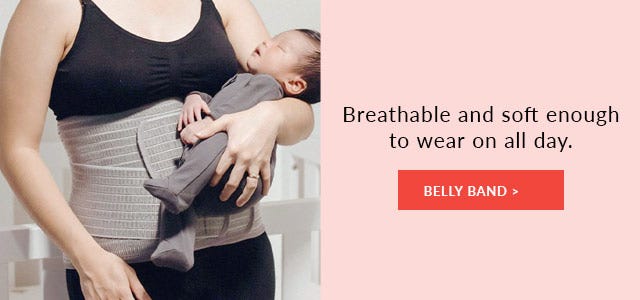
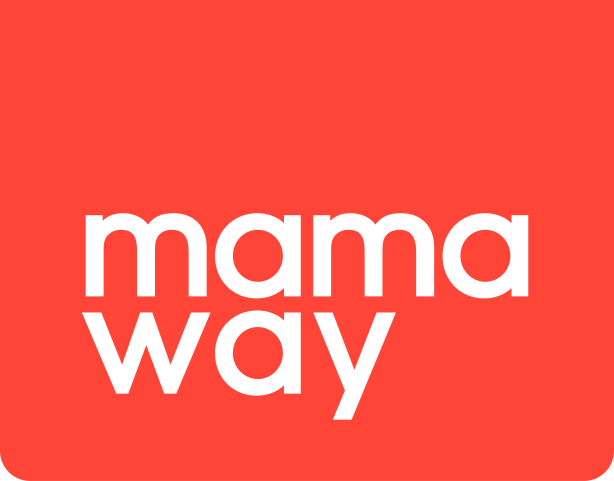

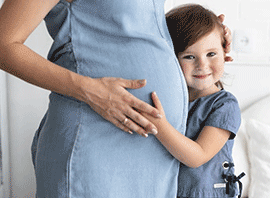

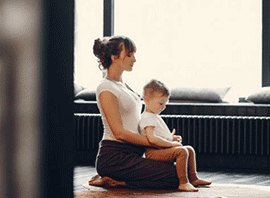

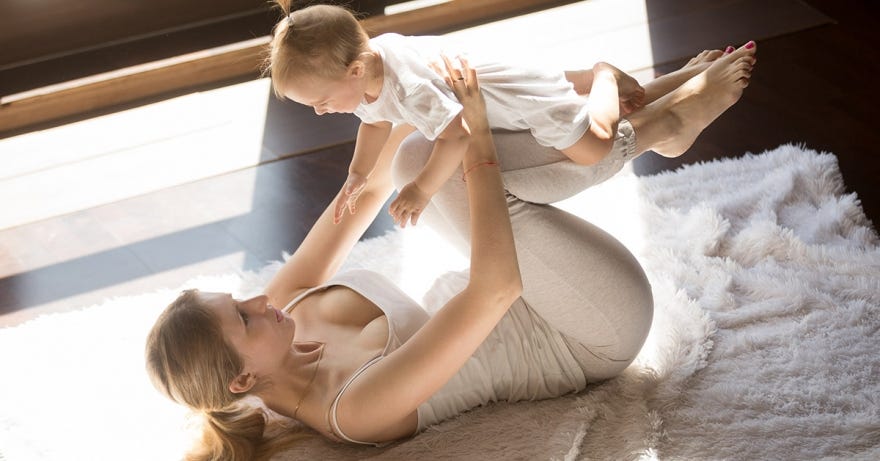





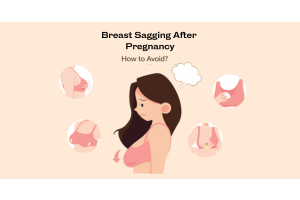
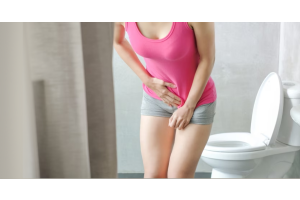
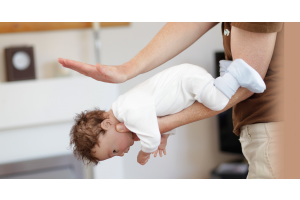
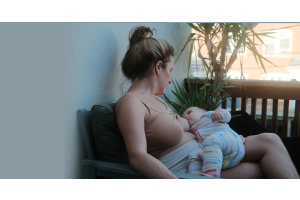
Validate your login
Sign In
Create New Account